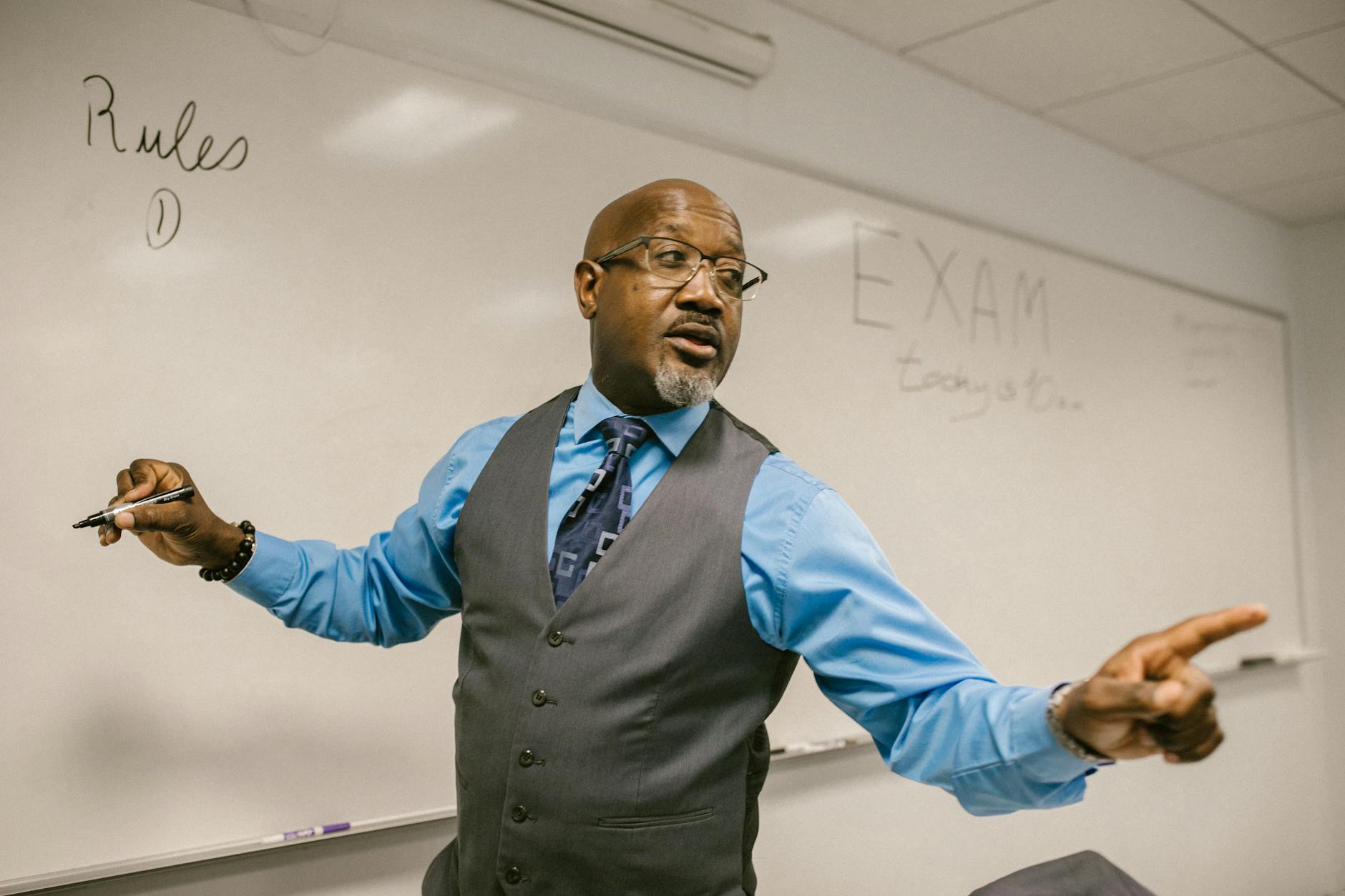Are Interactive Workshops in the United States the Key to Employee Motivation?

Benefits of Interactive Workshops
Interactive workshops offer a dynamic approach to bolstering creativity and engagement within teams. As professionals, we understand the importance of cultivating an environment where employees not only feel challenged but also invigorated. Workshops can do exactly that by incorporating bachelorette party ideas that focus on creativity and fun; for instance, engaging in pottery classes can be a refreshing break from routine office tasks. In New York City, opportunities for pottery classes nyc provide a perfect blend of artistic expression and team bonding.
Enhancing team collaboration is another key advantage of workshops. When employees are encouraged to work together outside of their usual projects, they build stronger interpersonal relationships and improve communication skills. Activities that focus on collaboration, such as team-building events at local landmarks like the Seattle Center, can bring teams closer and facilitate a sense of unity.
Moreover, these workshops can encourage problem-solving skills. By presenting real-world challenges and encouraging teams to devise creative solutions, employees gain confidence and experience that translate back into their work. Rich dialogue and diverse perspectives are fostered, ensuring that each participant contributes to collective problem-solving.
Overall, interactive workshops are a powerful tool for rekindling employee motivation and enhancing productivity. Introducing these creative and collaborative experiences not only enriches the workplace atmosphere but also aligns with best practices in employee engagement, reinforcing the value we place on fostering a dynamic, innovative work culture.
Designing Effective Workshops
Choosing Engaging Activities
When I set out to design workshops that captivate and motivate, selecting the right activities is crucial. It's essential to look beyond the standard options and incorporate unique experiences that pique interest and inspire creativity among participants. In my experience in Seattle's dynamic corporate culture, integrating something like virtual paint classes has proven effective. Not only does it offer a creative outlet for participants, but it also introduces an element of fun to the typical workday. An equally engaging option could be hosting a team-building event reminiscent of those held in Seattle Center. This venue offers a vibrant atmosphere where colleagues can strengthen bonds and share memorable experiences that foster teamwork and camaraderie.
Customizing for Diverse Teams
With increasingly diverse teams, it’s vital to adapt workshops to engage everyone, regardless of their background or expertise. I've learned that tapping into both collaborative and independent activities ensures inclusivity. For instance, while team building activities nyc such as escape rooms typically encourage collaboration, offering alternatives like solo puzzles allows introverted team members to shine. Customization is not just about variety—it's about aligning workshops with participants' interests and professional goals.
Incorporating Technology Tools
The integration of technology in workshops has become more than a trend—it's a necessity. Online platforms, digital workspaces, and interactive software enhance engagement and offer flexibility for remote and in-person participants alike. By leveraging technology, workshops can seamlessly bridge the gap between different team settings and geographical locations. This approach not only drives engagement but also ensures that workshops remain accessible and relevant in today's tech-centric corporate environments.
Real-Life Success Stories
Case Study: High-Tech Companies
In the fast-evolving world of high-tech companies, fostering creativity and collaboration is essential. At the Seattle Center, companies have hosted interactive workshops designed to break down barriers and stimulate innovation among employees. These workshops often feature online craft classes, which provide software developers and tech professionals an opportunity to think outside the box. By engaging in a hands-on activity, employees discover new ways to solve problems, which translates into their everyday work tasks.
Case Study: Creative Industries
Creative industries, like advertising and design firms, thrive when their teams are motivated and inspired. One approach involves organising couples cooking classes nyc style events, where employees can engage in team-building activities that combine fun, learning, and creativity. Such experiences not only strengthen team dynamics but also encourage employees to bring diverse ideas to the table in their day-to-day roles.
Case Study: Hybrid Work Environments
For companies operating within hybrid work environments, maintaining cohesion can be challenging. By hosting virtual workshops that include both on-site and remote teams, organisations can ensure all employees have a collective experience. Activities like virtual paint-alongs or collaborative game sessions have proven effective in maintaining team spirit and productivity. These initiatives illustrate the power of inclusive interactive workshops, building tighter-knit teams regardless of location.
Implementing Workshops at Work
Identifying Employee Needs
Integrating interactive workshops in the workplace begins with understanding what your employees need. Prioritising open communication is fundamental in this process. Organise surveys or brainstorm sessions to gauge interests and skills that team members are eager to develop. Engaging in regular feedback loops ensures that experience gifts like these workshops are tailored to employees' preferences. This approach fosters a supportive environment where individuals are more likely to invest effort in growth opportunities.
Scheduling for Maximum Impact
Once needs are identified, strategic scheduling becomes crucial. Aim to avoid peak work hours while also considering seasonal business trends. For example, organising workshops during slower months can boost morale and rejuvenate teams. Balancing workload and participation prevents burnout and facilitates genuine engagement. Accent this plan by offering flexible timings or virtual options, ensuring every team member can partake according to their schedules.
Measuring Success and Outcomes
Evaluating the effectiveness of workshops involves more than ticking off attendance sheets. Set clear, achievable objectives at the outset, such as improved project completion rates or heightened collaboration. Post-workshop surveys or direct feedback are valuable for refining future sessions. This method aligns well with our HR initiatives before allocating resources to new sessions. Integrating continual improvement into the mix reinforces the value of each experience gift card, cementing their role in personal and corporate growth.
Common Mistakes in Workshop Implementation
Repetitive and Boring Content
Dull, repetitive content is a sure way to undermine the effectiveness of any workshop. When an interactive session leaves employees feeling bored, the intended outcomes, such as improved employee engagement tools, fail to materialize. To avoid such pitfalls, remember to include varied and dynamic activities that resonate with diverse groups. Consider utilising local settings like a tour of the iconic Pike Place Market to inject some enthusiasm and break away from monotonous indoor sessions. Think of it as the spice in a well-cooked meal: without variety, even the best intentions lose their flavour.
Low Engagement Levels
Low participant engagement is another common stumbling block. It's essential to cultivate an atmosphere where every voice feels heard. Facilitators should encourage active participation right from the onset, employing techniques like small breakout sessions that emulate the collaborative vibe of Seattle Center gatherings. Integrating affordable training exercises that require interaction—such as role-playing or scenario workshops—can significantly boost engagement. The goal is to have employees not just attend, but feel involved and pivotal to the discussion.
Ignoring Feedback and Not Adapting
Ignoring feedback and maintaining rigid workshop structures can stifle progress. Adaptability is crucial; solicit heartfelt feedback and be prepared to pivot accordingly. Just like a creative journey through the Museum of Pop Culture, workshops should evolve to meet the continually changing landscape of employee needs. Use evaluations post-session to determine what worked and what didn't, and adjust future iterations to reflect this insightful input. By remaining flexible and open to change, you not only enhance workshop value but also validate the importance of employees’ contributions.


